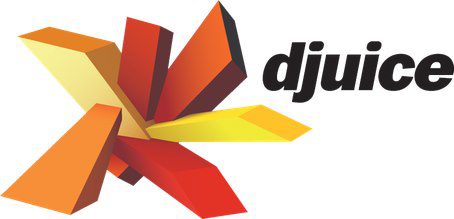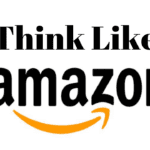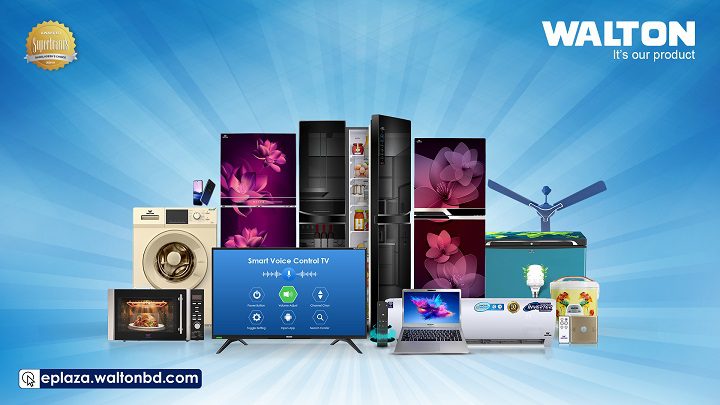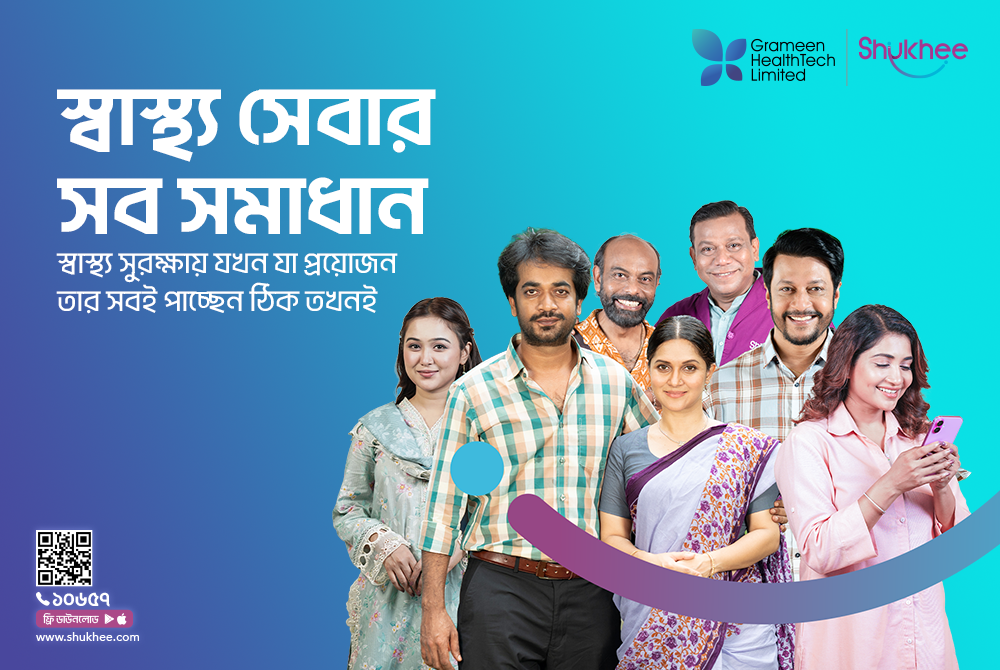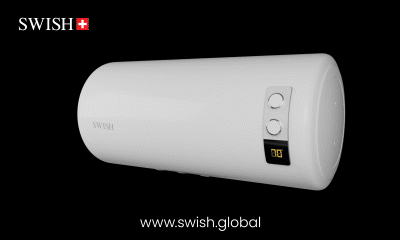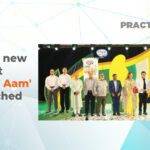CALL FROM THE TOP
It all started from one phone call from Telenor head office in 2004. Djuice was massively successful from its launch in other countries from 2000 and now Telenor was eyeing on the Bangladesh market.
Telenor Group is one of the leading telecommunications company in the world which operates mostly in Nordics and Asia region. Currently, it is operating in Norway, Sweden, Denmark, Finland, Thailand, Malaysia, Pakistan, Myanmar, and Bangladesh. GP provides different phone plans for its customers. Digital juice better known as djuice is a youth-based mobile phone plan from GP.
THE UNUSUAL SUSPECTS
Something unusual happened at the GP office in Bangladesh. The senior management felt that they needed to focus on existing products and instead of taking matters into their own hands, they handed over the task of launching djuice to a team of young executives. Some of these executives had just finished graduation!
Whether it was done to keep the experienced team focused on current operations or to take advantage of the spirit of the young team and their ability to relate to the youth of the nation; this move catapulted the young team’s motivation sky high. These young executives took the challenge head-on and didn’t want to let this huge opportunity go to waste. They were passionate and understood the target market better than anyone else.
It was Telenor’s strategy that an experienced marketing team and an agency work hand in hand in the brand launching and building process. At the time Leo Burnet was working with Telenor, so their partner company in Bangladesh, Bitopi, was tagged along with the djuice team to work on the launch.
The teams sat together, brainstormed, and came up with communication materials.
THE FGD THAT CHANGED EVERYTHING
A rigorous, year-long youth co-creation panel study was conducted as part of the market research to know more insights about the customers. By the time the report reached the hands of the GP and Bitopi team, they had already prepared communication materials. The report showed that the TG has a very different set of behavior than other customer segments.
The team was surprised to see that the TG has a very different set of language than other Bangladeshis. Initially baffled, the team decided to capitalize on this insight. They got rid of everything they had prepared so far and started working on a new IMC plan keeping in mind the language and lifestyle and attitude of their TG. The team’s strategy was to focus first on the innovators and the early adopters and create aspiration through their lifestyles for the rest of the TG.
THE LAUNCH
To connect with their TG, djuice’s focus was on three things: music, messaging, and friends. Grameenphone wanted to portray djuice as a friend who consumers can relate to and understand. The philosophy behind the tagline was to create a sense of ‘utopia’ in the mind of the consumers, just like the thought of their good friends does.
On 14th of April, 2005, Grameenphone launched ‘djuice’. The first video was directed by the famous Bangladeshi director Amitabh Reza. The snappy, modern-urban language in the djuice ads and the playful attitude quickly gained popularity among the Bangladeshi youth. A membership offer called ‘XTRA Khatir’ (discount on many fashion, food, CDs, sports stores, etc.) was also provided.
The thing that immediately made djuice different from other telecom companies was their ads. The ads of djuice didn’t show any mobile phone, they didn’t try to prove superiority and portrayed the lifestyle of youth. The main medium used were television, newspapers, magazines and billboards. Their ads also created ambiguities (done intentionally by the GP team) about the product, which aroused curiosity in people and they would question and talk about it.
The price of djuice, as well as the tariff plans and cost of other value-added services, was kept as low as possible, comparing with other operators of that time as the target market had a limited budget. Djuice also provided SMS, MMS, and internet services at a very affordable price; 100 SMS for 5tk.
ACHIEVING VIRALITY
It was a good start and things were looking positive for djuice. The brand was now looking for ways to expand their market share and penetrate deeper within the segment. One day, out of the blue, someone noticed that the network of GP goes pretty much unused during the night time. “Why don’t we give an offer to our customers, where they can talk all night for free?” Someone asked. “Yeah, why not?” Someone else replied.
The idea was formalized and taken to senior management who approved the decision. They also wondered, “Will anyone really use this offer? Well, why don’t we give it a go! Let’s see!” Thus, ‘free after the first pulse post 12-AM’ offer came to life.
What happened was beyond imagination. Within the first 2 weeks, the numbers of djuice subscribers spiked at an unprecedented rate. Every university student, every young executive, pretty much any young boy or girl who could afford a mobile phone got their hands on a djuice sim.
People took advantage of the conference option on mobile phones and djuice literally made ‘adda’ digital (dadda?!). They had fun, people formed new relationships and broke up over these phone conversations, people found new friends, in a pre-Facebook era, this was the hippest social networking post-midnight.
MARCHING ON STRONGER THAN BEFORE
Taking advantage of their huge subscriber base, djuice arranged different special programs for their customers. The most famous of them was Drockstar, a ‘Battle of Bands’ version of Bangladesh. Late Ayub Bacchu, Partha Barua, Shafin Ahmed and many other famous musicians appeared as judges. Bands like Bortoman, Dour, Radioactive, Eclipse, Power Surge, Dreek, emerged through the program. To date it is the most popular and successful TV program made on the competition of bands.
The concerts organized by djuice saw massive crowds, often leading the organizers to shut down the venue an hour or two before the event started!
Programs like Awaaj Pathao, Dfoorti, were also launched.
REBRANDING
On the 14th of April, 2007 djuice Bangladesh shed its old logo and put on a new logo which was a part of the worldwide rebranding process of djuice. The concept was: “Duniyar shukh only on my djuice”.
MORE EXCITING OFFERS
Star Cineplex and djuice signed a contract to bring 4 Hollywood blockbuster movies every year. The movies were exclusively open to djuice subscribers for the first 6 days after release. Xtra khatir cardholders also got extra benefits (free soft drinks, a box of popcorn, a free ticket) with every ticket purchase. Pizza hut provided Free Pepsi, Unlimited Pepsi, Special gifts (djuice pen, djuice keyring, djuice T-shirt, djuice cap) with different purchases to djuice cardholders. djuice bandana and fatua during Pahel Baishakh was another hit combo of free merch.
Djuice also partnered with G-series, a major record label company, to promote underground music bands and bring more entertainment and music to the youth.
‘HARIYE JAO’
In November 2008, djuice launched a new campaign with the underlying theme being djuice allows oneself to ‘Break Free’ AKA ‘Hariye Jao’ from the monotonous everyday life. djuice teams visited 52 university and college campuses nationwide. They wanted to provide a platform for the aspiring youth of our country who had the desire to do something unique like a model, RJ or lyricist but didn’t have the opportunity.
In the mid-2000s, an entire generation was branded as the djuice generation. Even though there were other telecom companies, djuice became the brand of that generation. It had its own identity, customer base, looks, activities and language which was different from others. This made djuice successful as an actual BRAND.
“TUMI KI SHARA DIBEY?”
As a part of the 2008 campaign, the djuice team came up with a new concept – Bondhu, Adda, Gaan – Ekhanei, Hariye Jao. As a part of that campaign, a song was recorded featuring Jon Kabir and Mila composed by Fuad. Like many of the previous djuice campaigns, this song, ‘Tumi Ki Shara Dibe?’ went viral nationwide. Users could set the song as their welcome tune for a fee.
Grameenphone saw a record-breaking download of this song. It is still a popular tune among some users.
THE CRITICISM
Not everyone appreciated the language and attitude portrayed in the communication of djuice. Some people criticized djuice for promoting slang, aggression, and ‘Un-Bengali-like’ culture. As the years progressed, the allegations also increased. This struck a nerve with the senior management.
D-MISE
GP team eventually felt that they need to focus more on their other brands and defocused their attention on djuice. The reasons behind the decision remain unknown. The last major campaign for djuice was a tribute to the rebellious Bengali poet ‘Kazi Nazrul Islam’.
AFTERMATH
Even after being a brand was THE trendsetter in the category, today djuice is no longer the iconic brand it once was. Those young customers that djuice had captured have all grown up (at least, physically). Many of them are married with children, and most of them are not using djuice anymore (guesstimated). The mention of the name djuice can still trigger some memories in their minds, of joy, laughter, an age of innocence, and mischief. The youth segment of Bangladesh, however, has been refilled with a new energetic generation known as the millennials.
They are the primary target of the brand Airtel, and many are using the service. Some would say that djuice could have still maintained their share in this TG. Why Grameenphone decided to defocus on djuice remains a mystery, and how much they could have gained from interacting with today’s youth is still a question some marketers think of.
What do you think? If GP kept its focus on djuice, would it have been profitable? More importantly, can they revive djuice? Will it be a good idea?
P.s. Thank you Brand Practitioners Bangladesh group for helping me find the djuice team. This story is the result of the discussion we had and has been fact-checked. I will write another post, shorter than this one, about the success factors of djuice.


